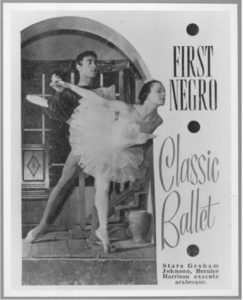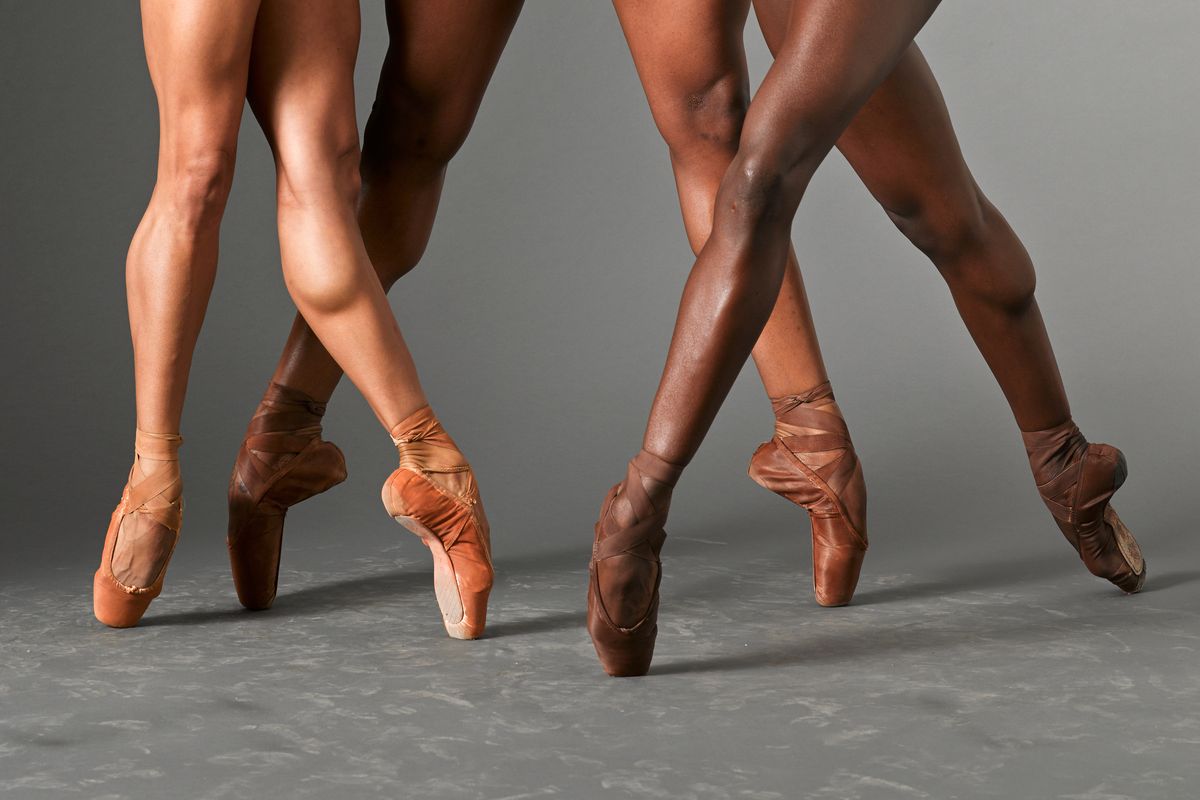Taking Steps to Create New Spaces
Since the beginning of its existence, ballet aimed towards a very specific group of people – those who are skinny and White. The first professional ballerina, Mademoiselle De Lafontaine, also known as La Fontaine, was from France, petit, and fair skinned. Since that point on, ballerinas were expected to look extremely similar. However, in more recent years (1940’s – present), dancers have been able to take more steps into making a more welcoming environment for talent.
Joseph Rickard launched First Negro Classic Ballet (hereafter the FNCB) in 1946. He was one of the first persons to create a space for dancers of color. Though he had little money, resources, or even dancers he created FNCD. Ballet dance historian, Carrie Gaiser, explored the challenges of the African American ballet company in her analysis piece produced by the Dance Theatre of Harlem. She noted that, “White Americans were reluctant to accept the idea of African Americans performing in what long remained a white-dominated art form.” Rickard was particularly interested in creating a space that not only practiced ballet but also “the unique kinds of dances that the group performed; rather than borrowing from the standard ballet repertoire.” The FNCB created its own ballets, often with music written specifically for those ballets, that made the troupe a model of black agency.

First Negro Classic Ballet (FNCB) in 1948
Another instance is Seán Curran, a choreographer. Curran explained that a major part of creating his company was to foster diversity – Black people, Italian, Irish, etc. Here we see not only Black diversity, but also diversity for European countries that are typically overlooked, in terms of discrimination. Curran created a talks about being influenced by Bill T. Jones, a choreographer and co-founder of the Bill T. Jones/Arnie Zane Dance Company. Curran was looking to emulate this feeling with his company. Curran used simple but effective techniques to foster and exemplify diversity. Actions as simple as wearing no shoes to prevent dancers needing to pancake (putting foundation on shoes in order to match the fair colored shoes to darker skin tones) their shoes.

Pointe shoes only come in light pink and light tan so dancers must pancake shoes to match darker skin tones.
Lastly, in a slightly different case is Thomas Prestø. Prestø, a Black man living in a neo-nazi hub in Norway. Prestø, through his struggles and abuse grew up to form the Tabanka Dance Company to promote “a sustainable Black identity” that converges both Caribbean and African movement aesthetics to tell the stories of Blacks in Norway. He has discussed how his experiences shaped his politics of arts. Along with defining his experience being a Black man in a White-dominated part of the world, he also explores his journey with sexuality and gender and how he creates a community for those experiencing similar journeys as his own. Prestø has created a new environment not only race-wise but also gender identity and sexuality-wise, breaking down barriers the ballet and community rarely sees. Prestø acts as an aid in understanding the Black perspective in a hyper-conservative, White community and how those views shape their world.

Thomas Talawa Prestø at the Nordwind Festival, Norway
There have been an uncountable amount of effort to expand the ballet community to more than one standard. Every little effort helps but there is still much to be done.
